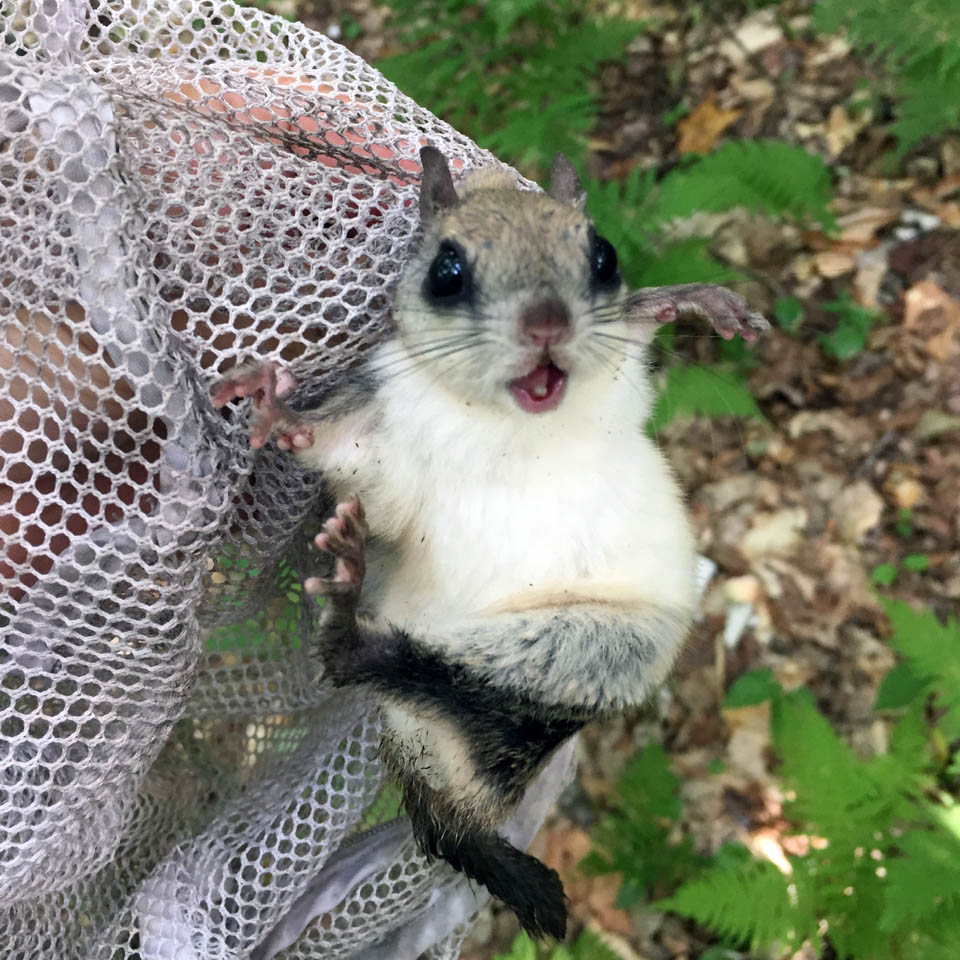Ecological Research & Monitoring
Colby Hill Ecological Project
In 1998, Lester and Monique Anderson initiated the Colby Hill Ecological Project (CHEP) on their lands in Lincoln, VT. The CHEP research team, led since its inception by Dr. Marc Lapin, monitors ecological processes and biological diversity on the Andersons’ lands to provide baseline data about how an unmanaged forest goes about restoring and rewilding itself. Much of the scientific monitoring occurs on Guthrie-Bancroft, the largest and wildest of the three parcels.
From the start, the Andersons imagined this scientific investigation continuing beyond their lifetimes. With the Anderson lands now in Vermont Family Forests' ownership and care, we continue to administer this important ecological monitoring project.
Some of the research projects undertaken by scientists on the CHEP research team are one-time studies, like historical geography and landscape ecosystems. Some are conducted annually, like the breeding bird survey. Others lie somewhere in between. To date, studies have included wildlife habitat, landscape ecosystems, birds, reptiles and amphibians, small mammals, mammal tracking, butterflies and Odonata, wildflower phenology, historical geography, beetles, surface-active terrestrial invertebrates, and hydrology. The Andersons funded CHEP in perpetuity, and Guthrie-Bancroft land will continue to be the focal area for the research.

Citizen Science
If you venture out into the woods with one of the Colby Hill Ecological Project scientists, you'll quickly discover that research and monitoring require patience, attentiveness, and keen observation skills. Through their research, these scientists encounter an amazing array of the wild residents of Vermont's forests. Why let scientists have all the fun? Citizen science opens the realm of scientific research to the general public.
There’s a Celtic saying that the ultimate soul-restoration is that which is undertaken on behalf of the land. Citizen science projects offer a perfect opportunity to do this soul-restoring work. Some of the citizen science projects you can get involved in here in Vermont, like eBird and iNaturalist, are global in their extent. Others are local, like the Vermont Reptile and Amphibian Atlas and the Addison County River Watch Collaborative. These projects engage volunteers from the general public to record observations about the land and her inhabitants in service of on-going scientific studies. These studies can, in turn, help us to engage in practices that help restore the health and vitality of forests and other natural communities.
Visit our Commoner Action page to see how you can get involved.






